
It allows to keep PV going, with more focus towards AI, but keeping be one of the few truly independent places.
-
Photos via: http://si7-lab.blogspot.com/2011/06/cpu-of-kronos-is-d510.html
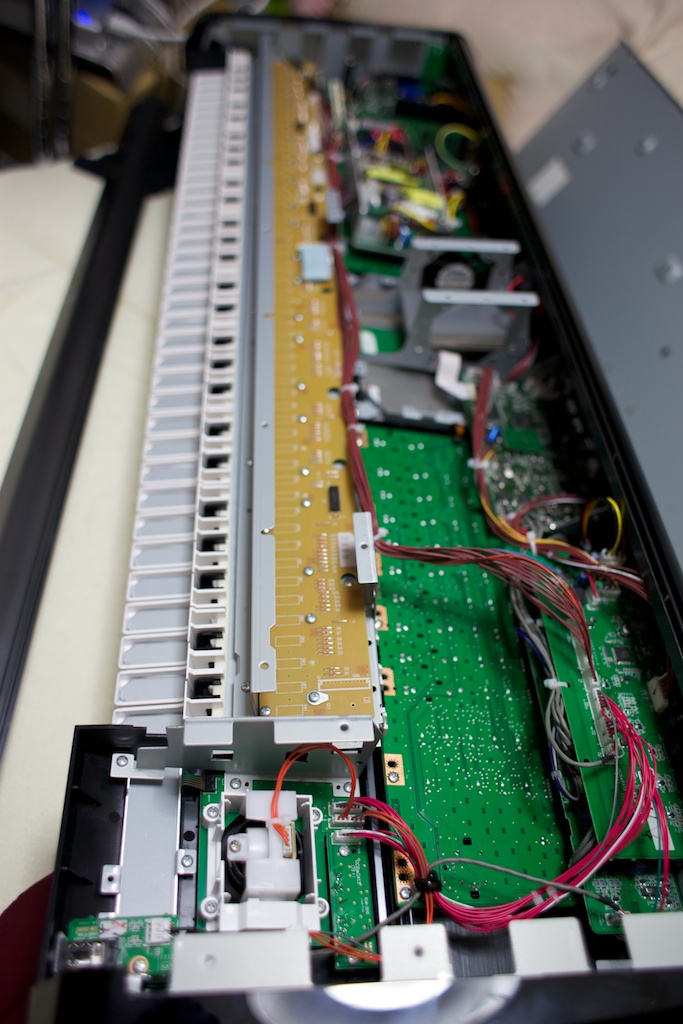
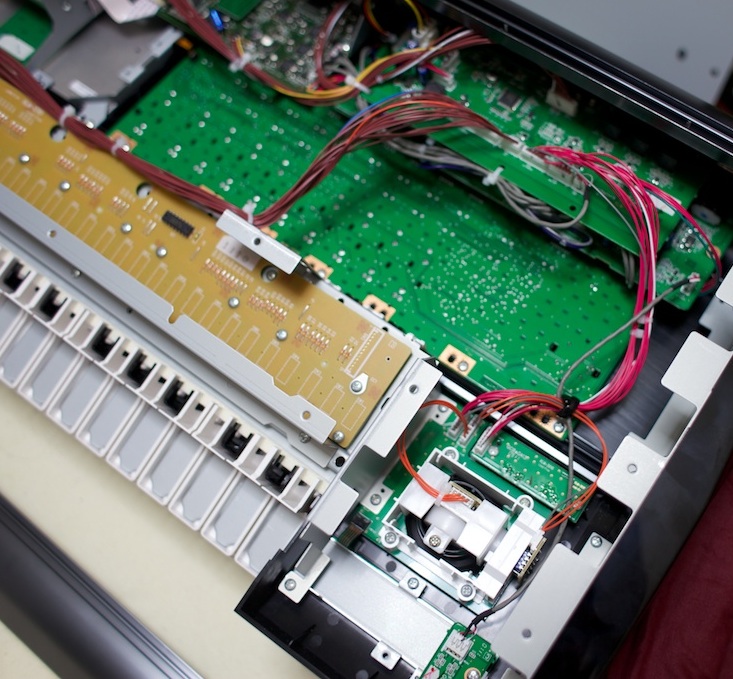
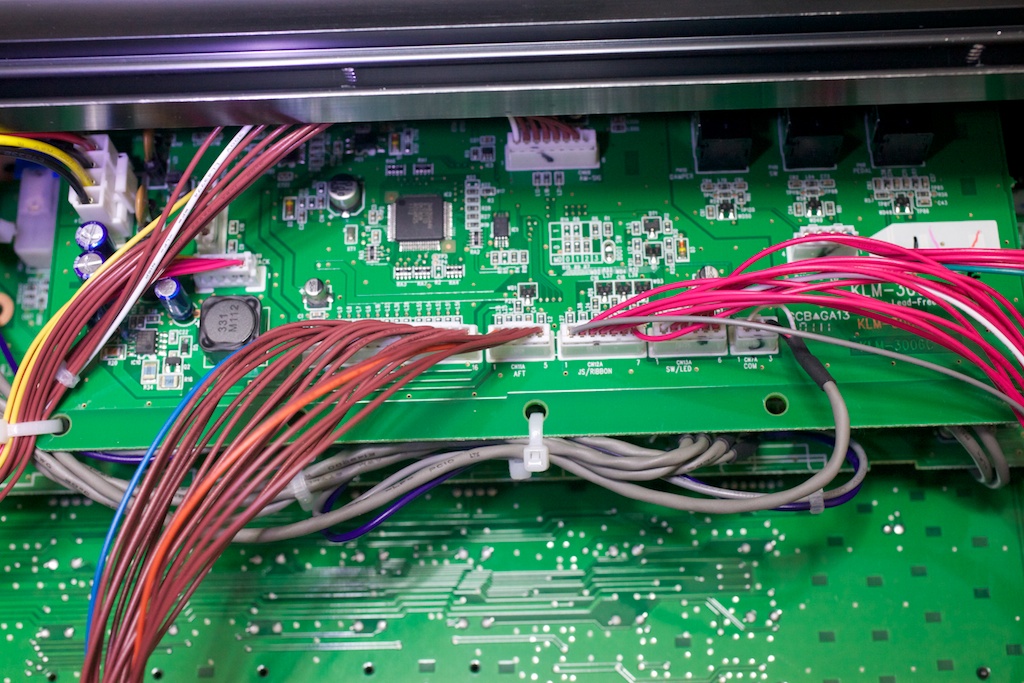
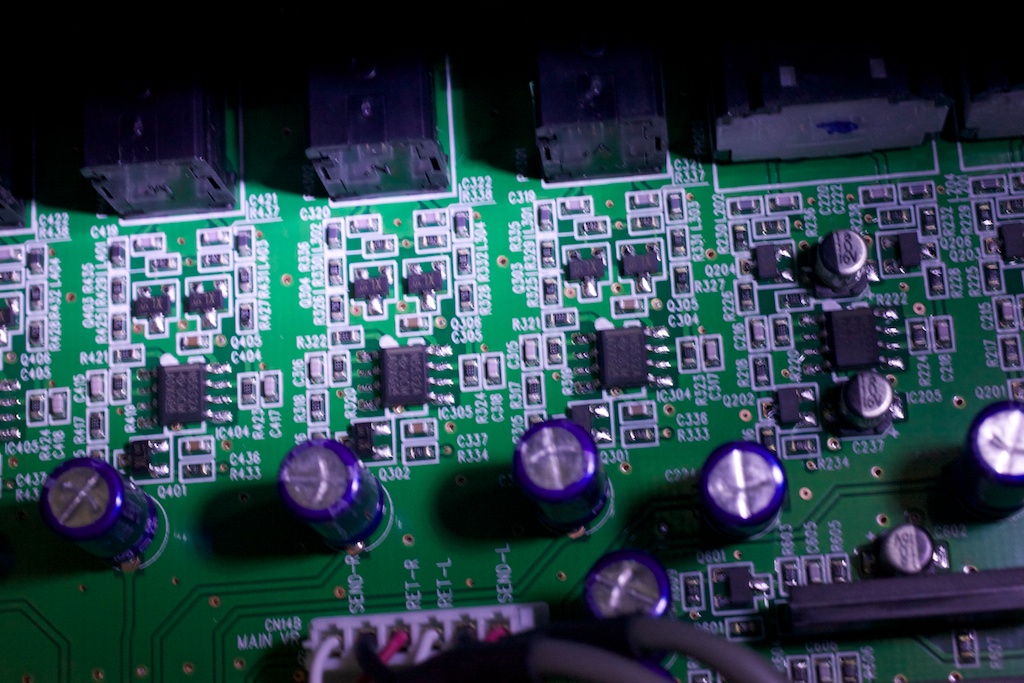
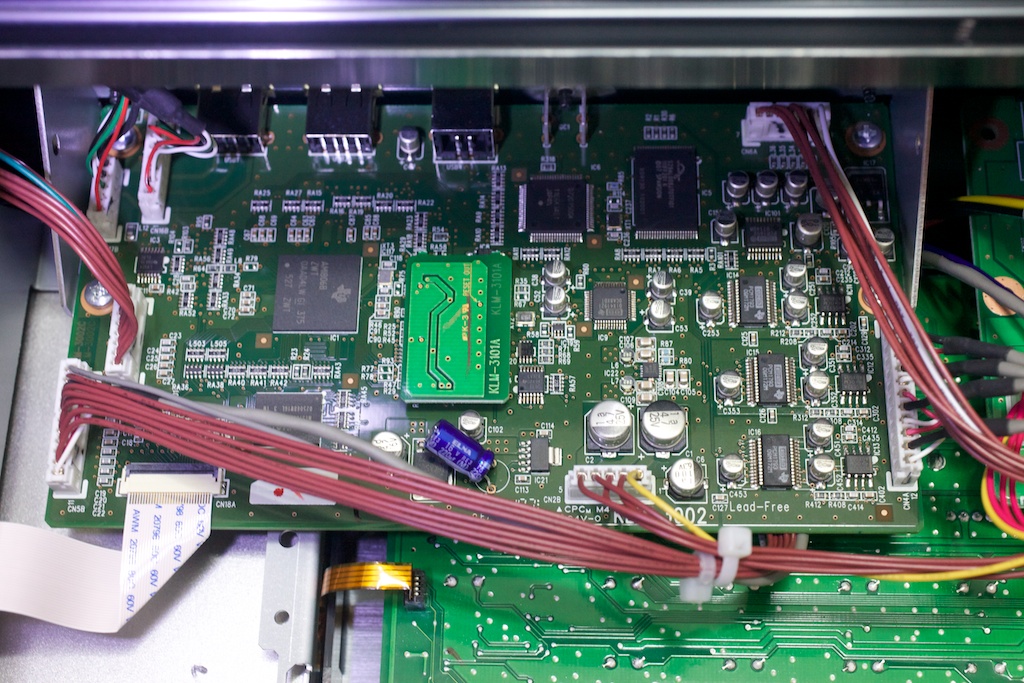
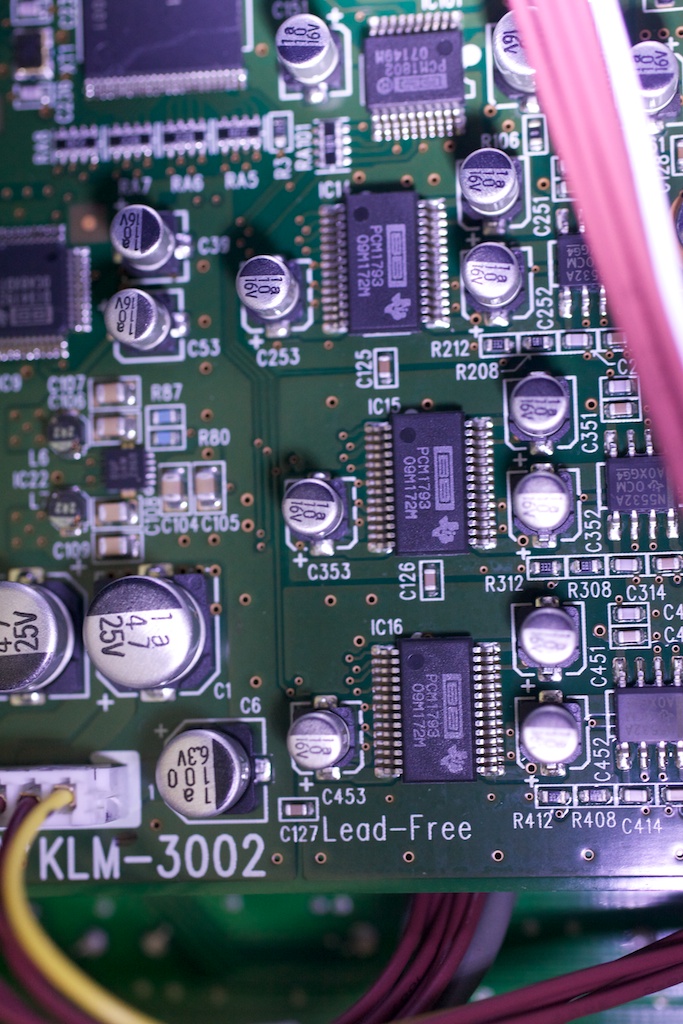
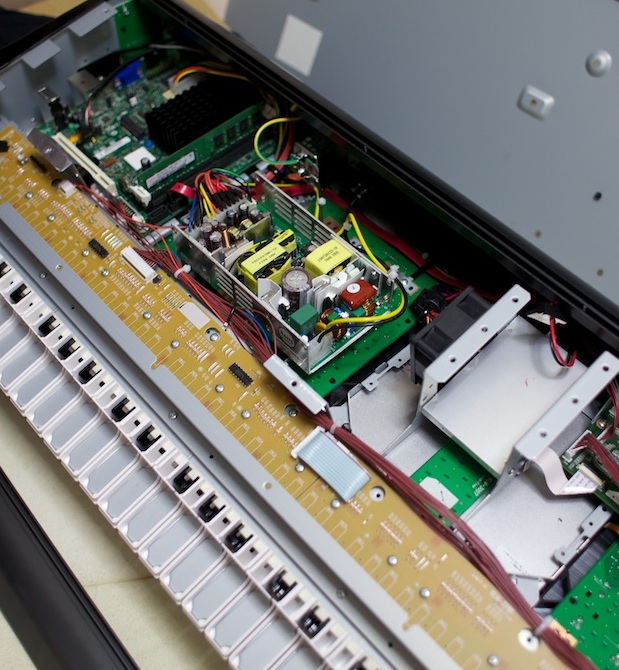
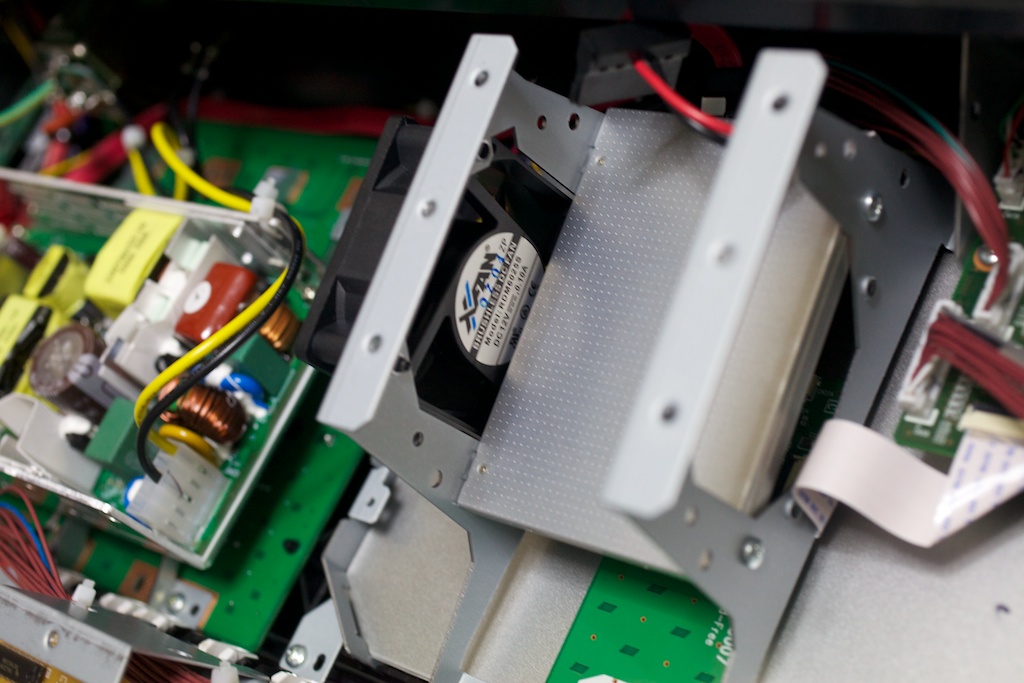
Main part of synth - Atom D510 CPU on Intel ITX motherboard
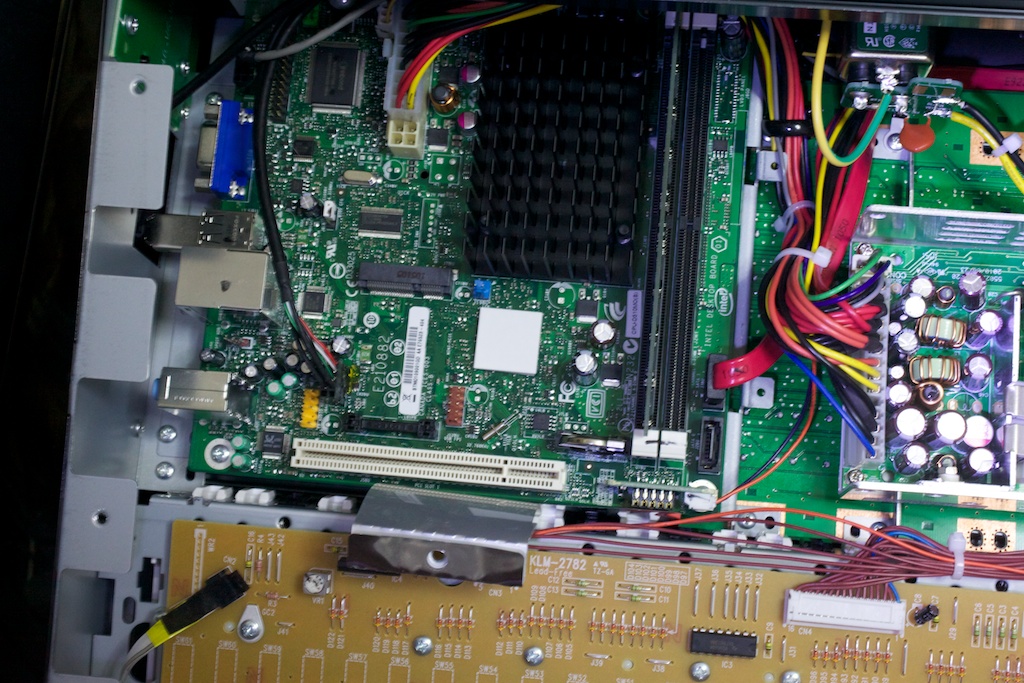
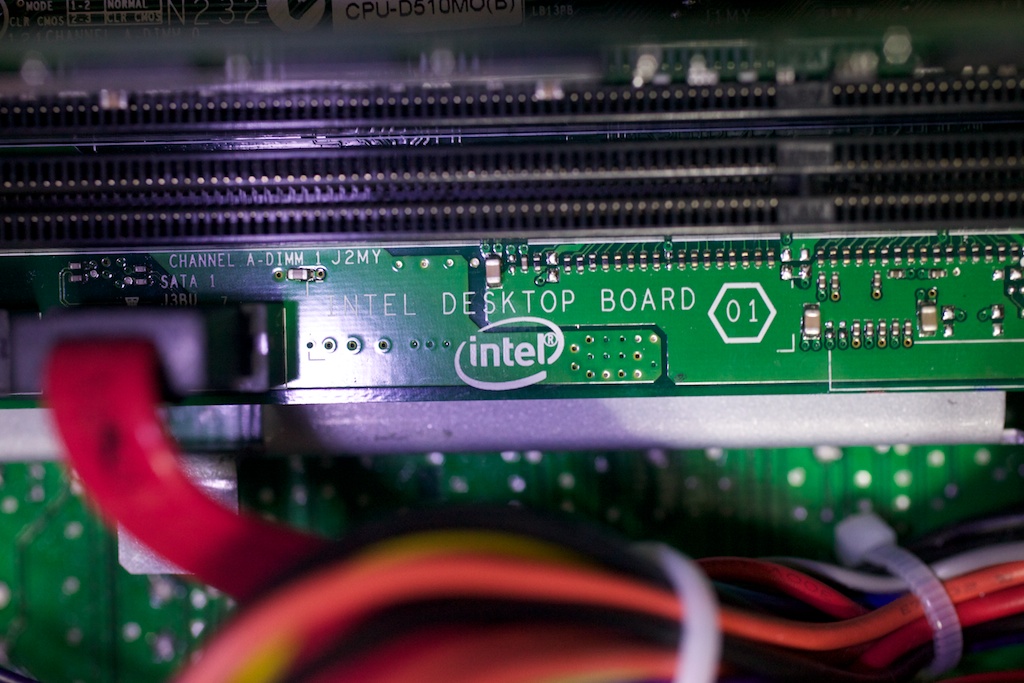
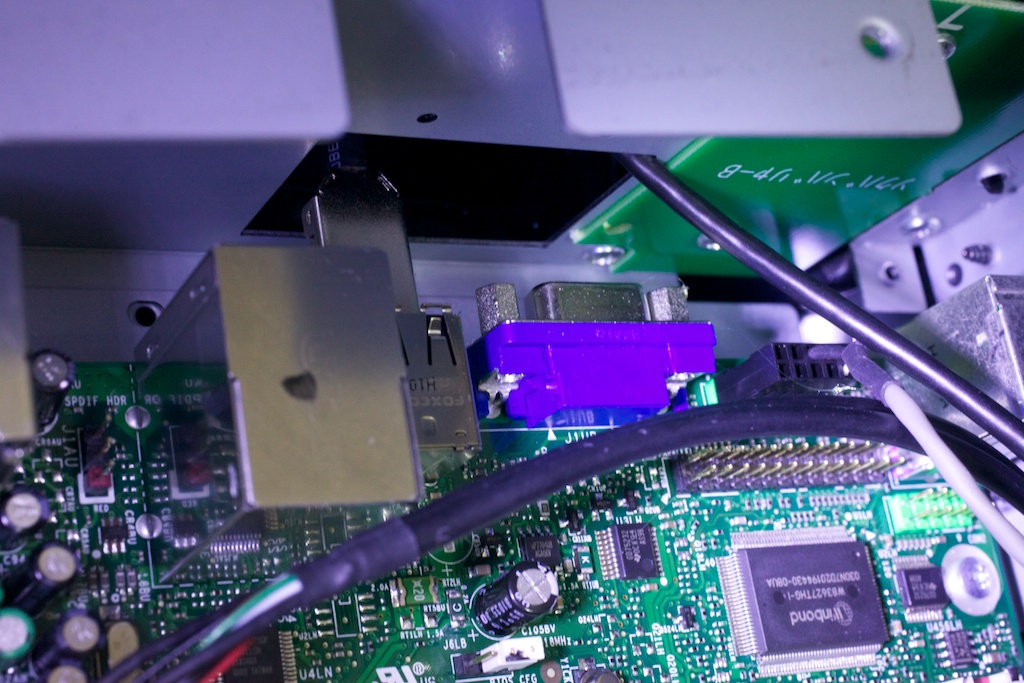


 kronos1.jpg683 x 1024 - 219K
kronos1.jpg683 x 1024 - 219K
 kronos2.jpg683 x 1024 - 252K
kronos2.jpg683 x 1024 - 252K
 kronos3.jpg733 x 679 - 192K
kronos3.jpg733 x 679 - 192K
 kronos4.jpg1024 x 683 - 313K
kronos4.jpg1024 x 683 - 313K
 kronos5.jpg1024 x 683 - 272K
kronos5.jpg1024 x 683 - 272K
 kronos6.jpg1024 x 683 - 339K
kronos6.jpg1024 x 683 - 339K
 kronos7.jpg683 x 1024 - 301K
kronos7.jpg683 x 1024 - 301K
 kronos8.jpg619 x 670 - 165K
kronos8.jpg619 x 670 - 165K
 kronos9.jpg1024 x 683 - 190K
kronos9.jpg1024 x 683 - 190K
 kronos10.jpg1024 x 683 - 340K
kronos10.jpg1024 x 683 - 340K
 kronos11.jpg1024 x 683 - 232K
kronos11.jpg1024 x 683 - 232K
 kronos12.jpg1024 x 683 - 254K
kronos12.jpg1024 x 683 - 254K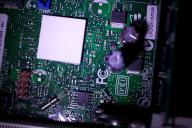
 kronos13.jpg1024 x 683 - 294K
kronos13.jpg1024 x 683 - 294K -
I have a Roland from 1996 :) ... was always wondering how they did the Velocity sensing on keyboard... is it done with pressure sensors?
-
To measure velocity sensing you don't need anything except two contacts. You just need to remember definition of velocity.
-
@Vitaliy_Kiselev well.. from 2 contacts... how do they know if I pressed it hard or just softly? :) .. or do they use the carbon rubber thing which is changing its resistance? :)
-
Velocity is velocity. It is not pressure.
Thing you are talking is called aftertouch. Normally on all modern keyboards it is channel (for all keys) and use something like piezo crystal.
-
Well OK, in MIDI editor, I see this as velocity (ie. the speed of how fast you press the key)... but if you press it fast, it will end up with stronger pressure (impact) as well.... and like on real piano, it is a different sound.
I found this on one forum:
"Velocity is how hard you strike the key. Hit it softly the volume is less. Strike it hard the volume is more. Velocity can be programmed to control other parameters as well. With your guitar sound the velocity likely opens up a filter to make it brighter and twangier.
Aftertouch is when you've already struck the key and still depressed down you can apply more pressure to the key and have it control a variety of effects or parameters. An organ sound may use aftertouch to increase or enable a rotary speaker effect. Saxophone maybe add some growl to it when the key is pushed harder. Vibrato to strings."
So I meant Velocity :) .. I wasn't even aware about aftertouch (don't have it on my old Roland).
Thanks anyway :)
-
You clearly need to go back and check that velocity is.
Physical meaning and definition.
As key, generally, has one degree of freedom, it is just dx/dt (displacement/time spend on this).
So, if you know the moment then initial contact had been off and know the moment of second contact coming on, you can calculate velocity.
If you search, I am sure that you'll find description on how exactly they are doing this on modern keybeds.
-
In fact, most important in the first post is one thing.
How proper programming and optimization allow cheap and slow Atom processor to handle all the load, including very good wavetable synth and also physical modelling and analog synth parts.
Make it in tablet form with USB port for input for master keyboard and digital and headphone outputs and you are done.
-
Ah thanks ! Now I got it... so they calculate the time between I push the key (releas an SPST), until I reach the "bottom" (push an SPST)... if its fast, it means it is being pressed hardly :)
I was thinking about potentiometers, but that wouldn't be very reliable.
Thanks! :)
Howdy, Stranger!
It looks like you're new here. If you want to get involved, click one of these buttons!
Categories
- Topics List23,992
- Blog5,725
- General and News1,354
- Hacks and Patches1,153
- ↳ Top Settings33
- ↳ Beginners256
- ↳ Archives402
- ↳ Hacks News and Development56
- Cameras2,367
- ↳ Panasonic995
- ↳ Canon118
- ↳ Sony156
- ↳ Nikon96
- ↳ Pentax and Samsung70
- ↳ Olympus and Fujifilm101
- ↳ Compacts and Camcorders300
- ↳ Smartphones for video97
- ↳ Pro Video Cameras191
- ↳ BlackMagic and other raw cameras116
- Skill1,960
- ↳ Business and distribution66
- ↳ Preparation, scripts and legal38
- ↳ Art149
- ↳ Import, Convert, Exporting291
- ↳ Editors191
- ↳ Effects and stunts115
- ↳ Color grading197
- ↳ Sound and Music280
- ↳ Lighting96
- ↳ Software and storage tips266
- Gear5,420
- ↳ Filters, Adapters, Matte boxes344
- ↳ Lenses1,582
- ↳ Follow focus and gears93
- ↳ Sound499
- ↳ Lighting gear314
- ↳ Camera movement230
- ↳ Gimbals and copters302
- ↳ Rigs and related stuff273
- ↳ Power solutions83
- ↳ Monitors and viewfinders340
- ↳ Tripods and fluid heads139
- ↳ Storage286
- ↳ Computers and studio gear560
- ↳ VR and 3D248
- Showcase1,859
- Marketplace2,834
- Offtopic1,320




